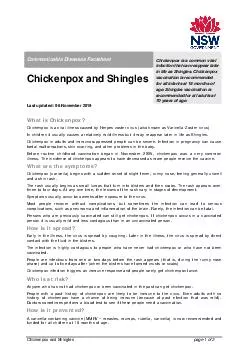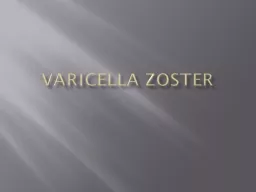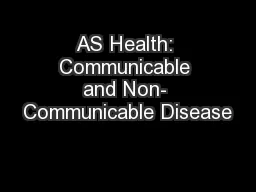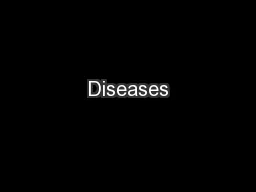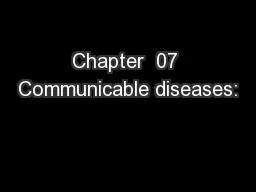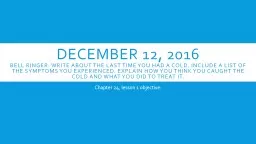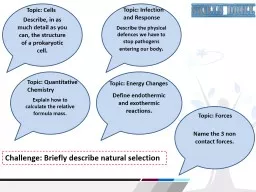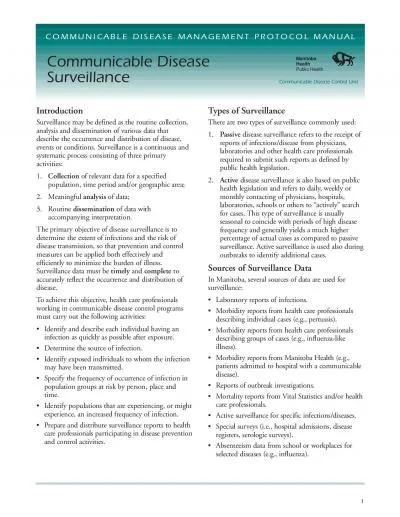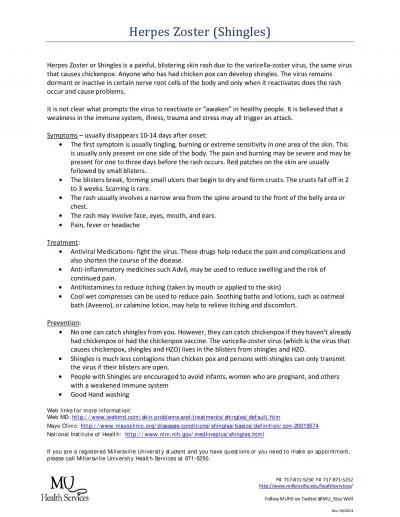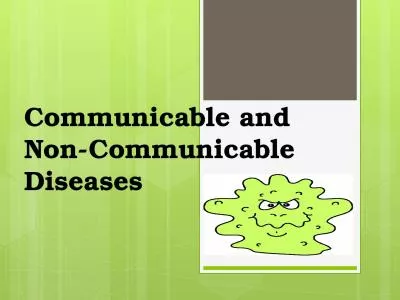PDF-Chickenpox and Shingles page of x x x x x x x x x x x x x x x x x Communicable Diseases
Author : sherrill-nordquist | Published Date : 2014-11-21
Vaccination is recommended for all infants and non immune adults Chickenpox and Shingles Last updated 22 April 2014 brPage 2br Chickenpox and Shingles page of x
Presentation Embed Code
Download Presentation
Download Presentation The PPT/PDF document "Chickenpox and Shingles page of x x x x ..." is the property of its rightful owner. Permission is granted to download and print the materials on this website for personal, non-commercial use only, and to display it on your personal computer provided you do not modify the materials and that you retain all copyright notices contained in the materials. By downloading content from our website, you accept the terms of this agreement.
Chickenpox and Shingles page of x x x x x x x x x x x x x x x x x Communicable Diseases: Transcript
Download Rules Of Document
"Chickenpox and Shingles page of x x x x x x x x x x x x x x x x x Communicable Diseases"The content belongs to its owner. You may download and print it for personal use, without modification, and keep all copyright notices. By downloading, you agree to these terms.
Related Documents

